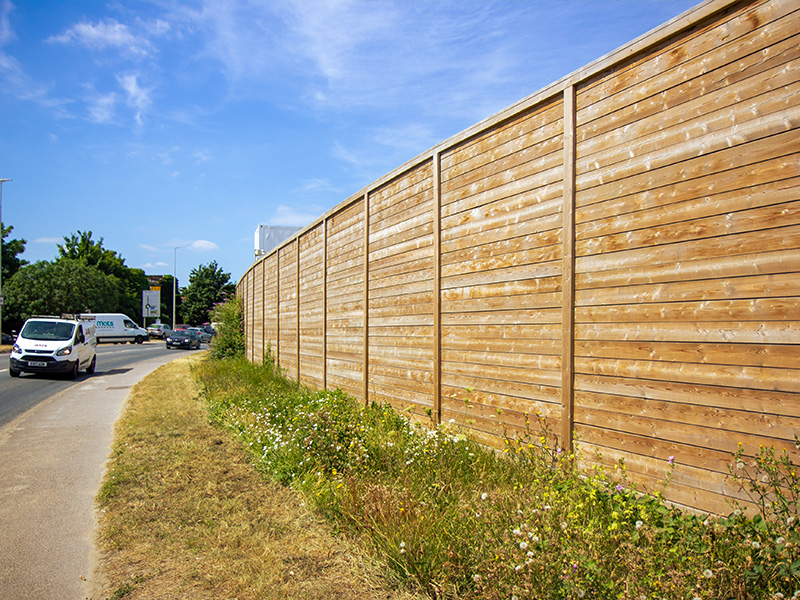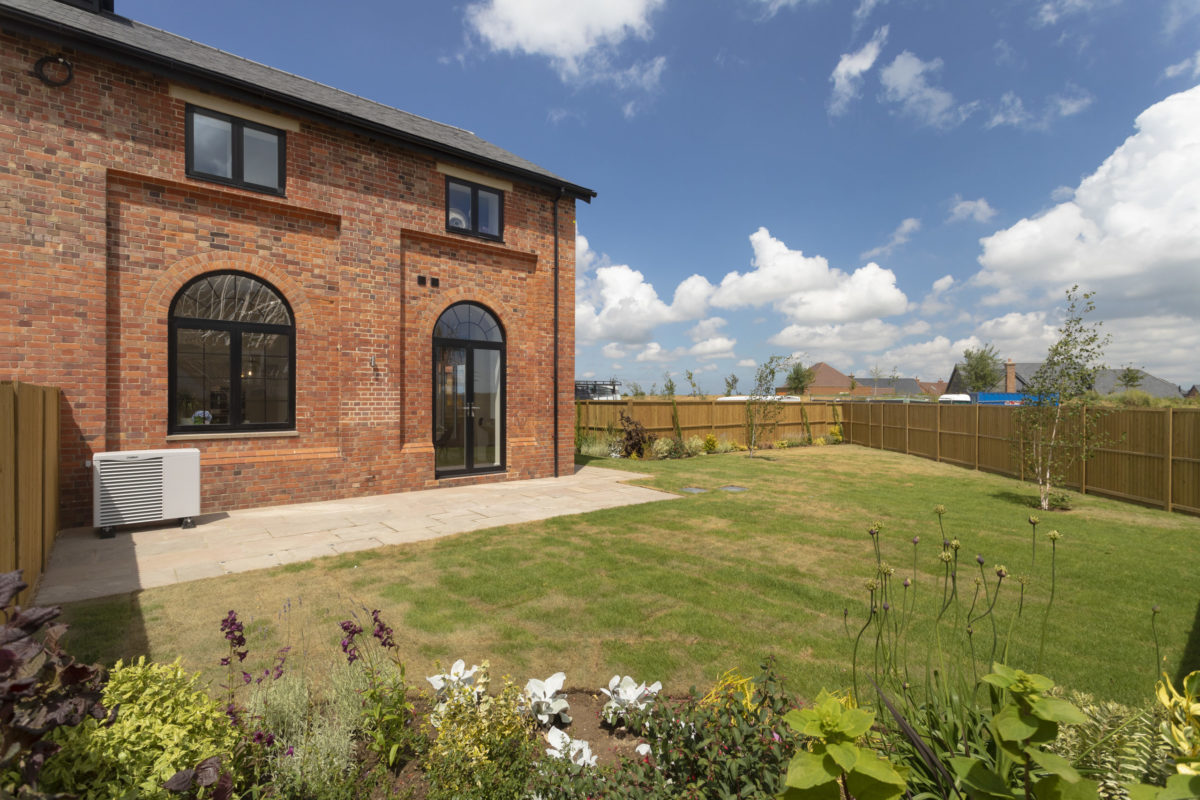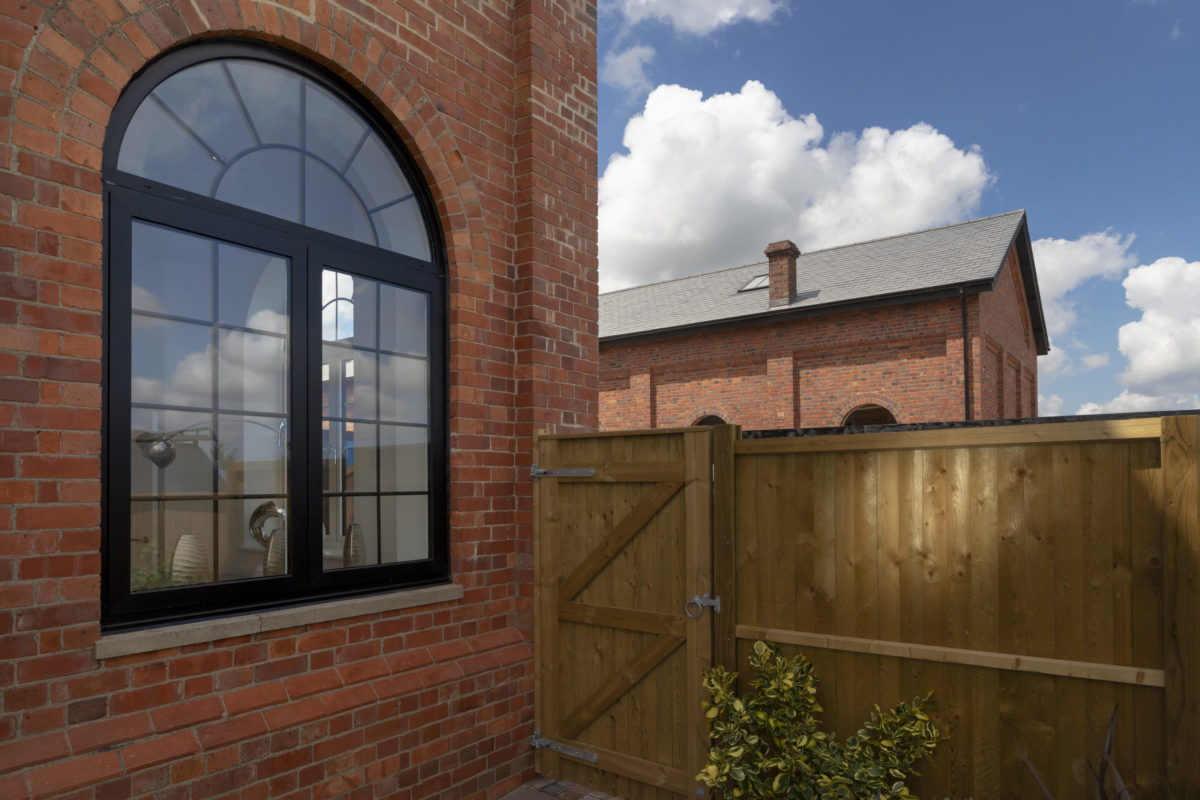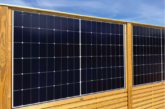
Fencing can add more than kerb appeal and security to a property, writes Peter Jackson, managing director at Jacksons Fencing.
The first thing any buyer sees is the front of what might their new home and fencing is a key part of that first impression. Yet fencing can achieve far more than that. Many new developments are infill, next to industrial sites, motorways and railways lines, so they are noisy and ugly. Erecting the correct type of fencing can deal with that and enhance the whole estate.
First impressions
The look of a new house is crucial to creating buyer interest yet it has to also complement the development as a whole. For some upmarket developments a big high fence with imposing gates is precisely the “my home is my castle” look that homebuyers are looking for. Provided there is a large drive and spacious garden to go with it, then all will be well. Yet Britain has a tradition of chatting over the garden fence when it comes to the front garden so, for a more modest development, where the neighbours are closer, a lower fence is appropriate. You might also consider how long the development will take to build and sell because you do not want fences to visibly deteriorate while you are still building and marketing new properties.
Security and privacy
No matter what the size of the house, everyone wants a high fence at the back of their property for both privacy and security. After a lull thanks to the pandemic, burglary figures are back and everyone wants to see a solid, thief-deterrent fence at the back of their house.
Installing fence panels with the rails facing towards the property or using double-sided fence panels with no visible rails can make it harder for intruders to use them as footholds to climb over.
Solid fence panels with no line of sight provide high levels of concealment and prevent potential thieves from identifying possessions within the property. At the same time they increase privacy and reduce the noise from neighbouring properties.
Upgrading sites
With some developments the noise made by neighbours is not the problem – it is the site’s location next to a busy road, railway or industrial estate. This can be tackled with an acoustic fence, as these can reduce noise by up to 32 decibels.
There are many types of acoustic barriers, but timber acoustic barriers are more popular because they look like garden fencing, though their mass is only 4kg/m2. To qualify as an acoustic barrier, the fence must have a surface mass density of at least 10kg/m2, which is the minimum weight at which the noise will start to reflect back rather than travel straight through.
There are two types of timber acoustic barriers: reflective and absorptive. Reflective barriers have a surface mass density of 25kg/m2, while absorptive barriers have a surface mass density of 28kg/m2. An absorptive layer is necessary for reducing noise pollution effectively.
Then it would be wise to bring in an acoustic expert because the effectiveness of an acoustic barrier depends on five main factors: material density, barrier construction, barrier height, distance between noise source and receiver, and relative height of source and receiver with respect to the barrier.
Effective fencing is essential for security, privacy, and noise reduction – and it is one area where ‘value engineering’ can be detrimental because proper installation and maintenance are critical for long-term performance
For more details on Jackson’s fencing for housebuilders, go to www.rdr.link/xxx



